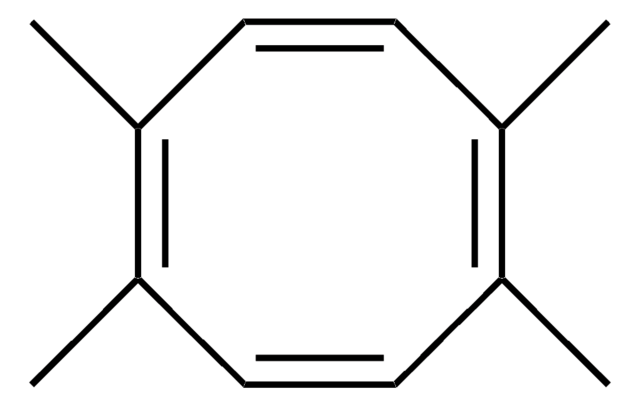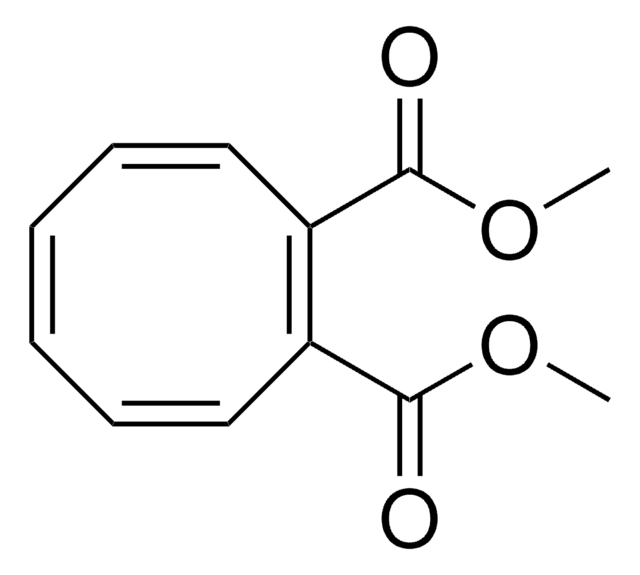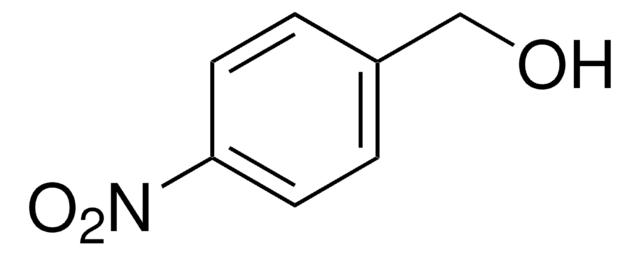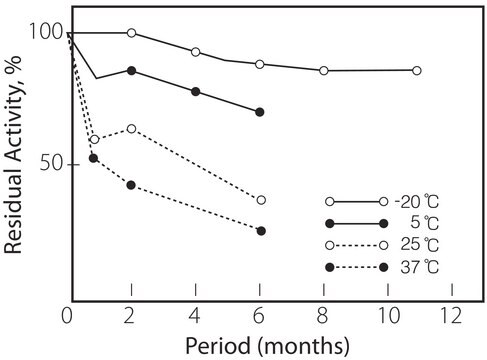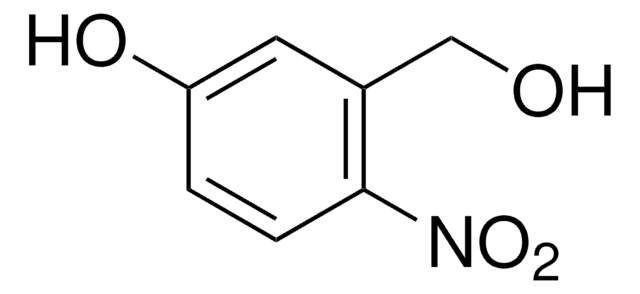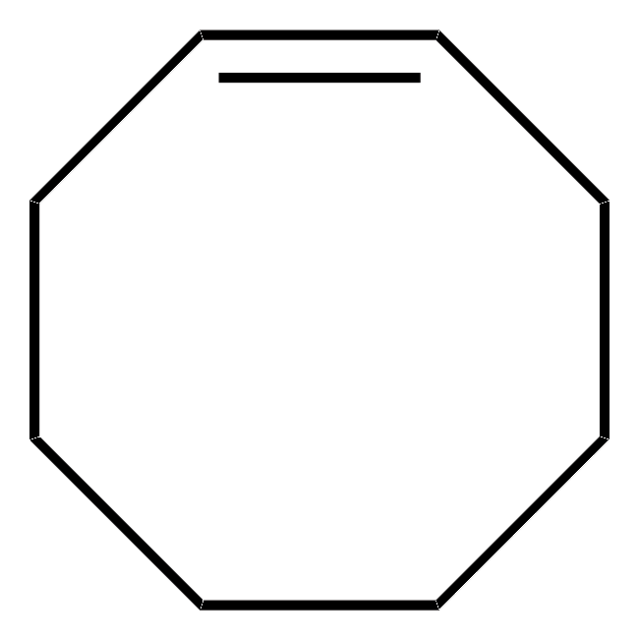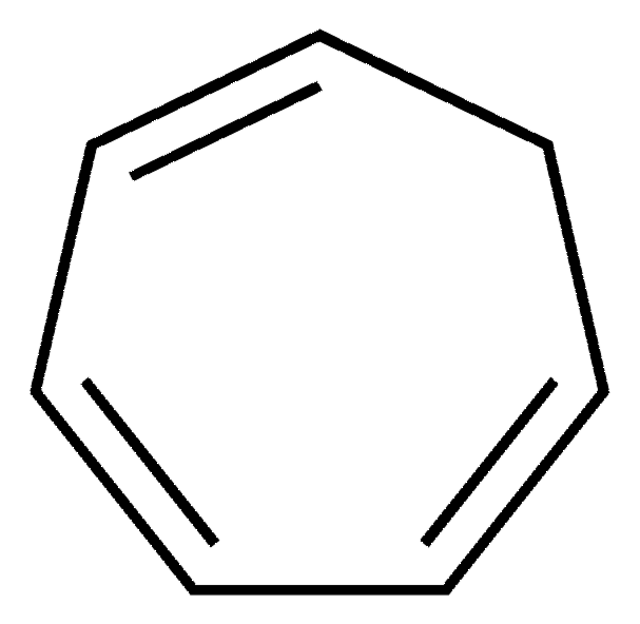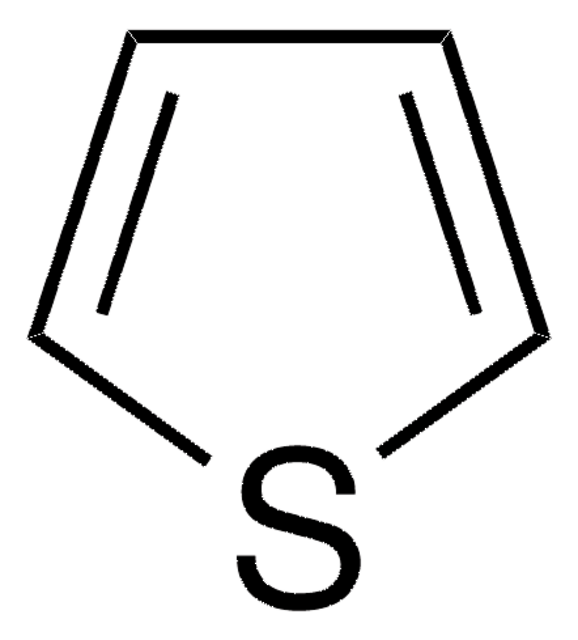138924
Cyclooctatetraene
98%
Sinónimos:
[8]Annulene
About This Item
Productos recomendados
Quality Level
assay
98%
form
liquid
contains
0.1% hydroquinone as inhibitor
refractive index
n20/D 1.537 (lit.)
bp
142-143 °C (lit.)
mp
−5-−3 °C (lit.)
density
0.925 g/mL at 25 °C (lit.)
storage temp.
−20°C
SMILES string
C1=CC=CC=CC=C1
InChI
1S/C8H8/c1-2-4-6-8-7-5-3-1/h1-8H/b2-1-,3-1-,4-2-,5-3-,6-4-,7-5-,8-6-,8-7-
InChI key
KDUIUFJBNGTBMD-BONZMOEMSA-N
¿Está buscando productos similares? Visita Guía de comparación de productos
General description
Application
- Used in the synthesis of highly organic film for silicon surfaces to improve its chemical and physical properties.
- Used in liquid state organic dye lasers.
- Used as triplet state quencher to reduce dye blinking.
signalword
Danger
Hazard Classifications
Aquatic Chronic 3 - Asp. Tox. 1 - Eye Irrit. 2 - Flam. Liq. 2 - Skin Irrit. 2 - STOT SE 3
target_organs
Respiratory system
Storage Class
3 - Flammable liquids
wgk_germany
WGK 3
flash_point_f
71.6 °F - closed cup
flash_point_c
22 °C - closed cup
ppe
Eyeshields, Faceshields, Gloves, type ABEK (EN14387) respirator filter
Elija entre una de las versiones más recientes:
¿Ya tiene este producto?
Encuentre la documentación para los productos que ha comprado recientemente en la Biblioteca de documentos.
Los clientes también vieron
Nuestro equipo de científicos tiene experiencia en todas las áreas de investigación: Ciencias de la vida, Ciencia de los materiales, Síntesis química, Cromatografía, Analítica y muchas otras.
Póngase en contacto con el Servicio técnico